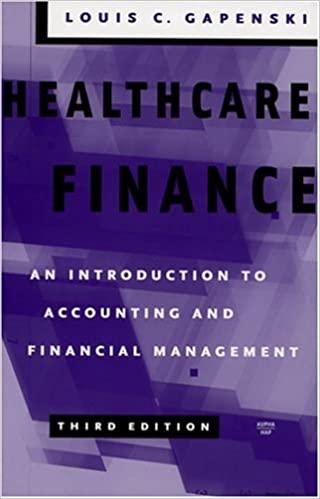Question B options are X or Y
LITTEI UILIIG uald LVIE UW III VIVEI w Lupy IL LUITEITSILU a produs L.) Initial investment (CF) Year (0) Project Project Y $70,000 $75,000 Cash Inflows (CF) $30,000 $22.000 30,000 33.000 30,000 37,000 30,000 43,000 1 4 a. Use a risk-adjusted discount rate approach to calculate the net present value of each project, given that project X has an RADR factor of 1.21 and project Y has an RADR factor of 1.42. The RADR factors are similar to project betas. (Hint: Use the following equation to calculate the required project return for each: r= Rp+bx (T-Rr).) b. Discuss your findings in part (a), and recommend the preferred project. a. The risk-adjusted discount rate for project X will be % (Round to two decimal places.) The risk-adjusted discount rate for project will be %. (Round to two decimal places.) The net present value for project X is S. (Round to the nearest cent.) The net present value for project is $. (Round to the nearest cent.) b. Discuss your findings in part (a), and recommend the preferred project (Select from the drop-down menus.) The RADR approach profers project over project 7. The RADR approach combines the risk adjustment and the time adjustment in a single value. The RADR approach is most often used in business. LITTEI UILIIG uald LVIE UW III VIVEI w Lupy IL LUITEITSILU a produs L.) Initial investment (CF) Year (0) Project Project Y $70,000 $75,000 Cash Inflows (CF) $30,000 $22.000 30,000 33.000 30,000 37,000 30,000 43,000 1 4 a. Use a risk-adjusted discount rate approach to calculate the net present value of each project, given that project X has an RADR factor of 1.21 and project Y has an RADR factor of 1.42. The RADR factors are similar to project betas. (Hint: Use the following equation to calculate the required project return for each: r= Rp+bx (T-Rr).) b. Discuss your findings in part (a), and recommend the preferred project. a. The risk-adjusted discount rate for project X will be % (Round to two decimal places.) The risk-adjusted discount rate for project will be %. (Round to two decimal places.) The net present value for project X is S. (Round to the nearest cent.) The net present value for project is $. (Round to the nearest cent.) b. Discuss your findings in part (a), and recommend the preferred project (Select from the drop-down menus.) The RADR approach profers project over project 7. The RADR approach combines the risk adjustment and the time adjustment in a single value. The RADR approach is most often used in business







